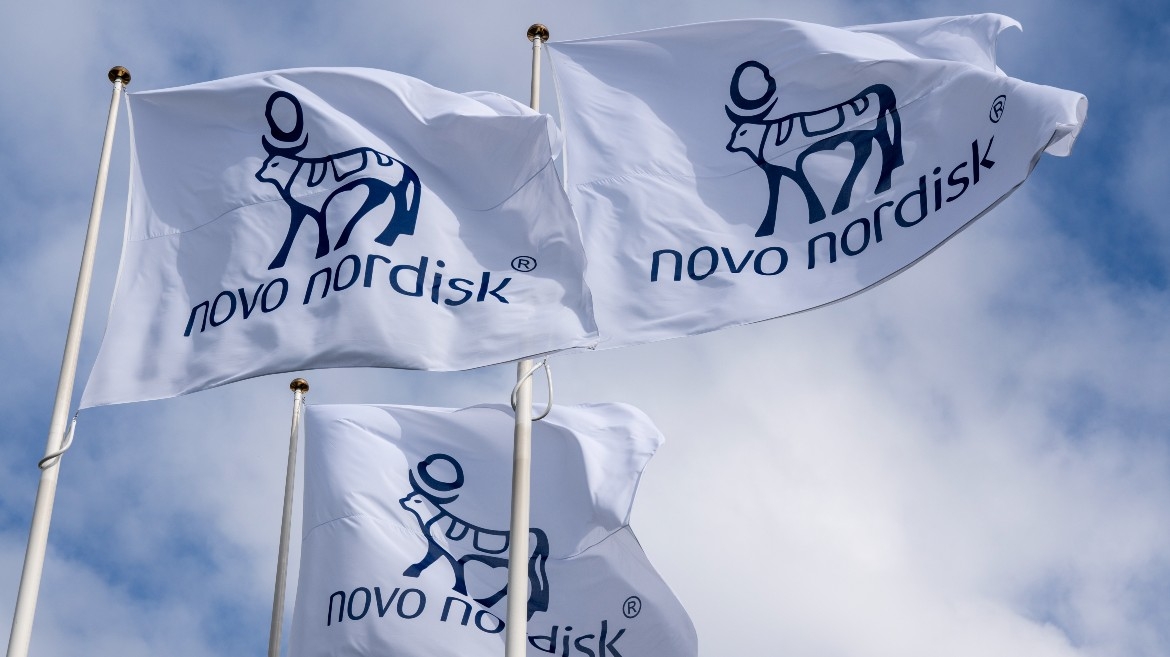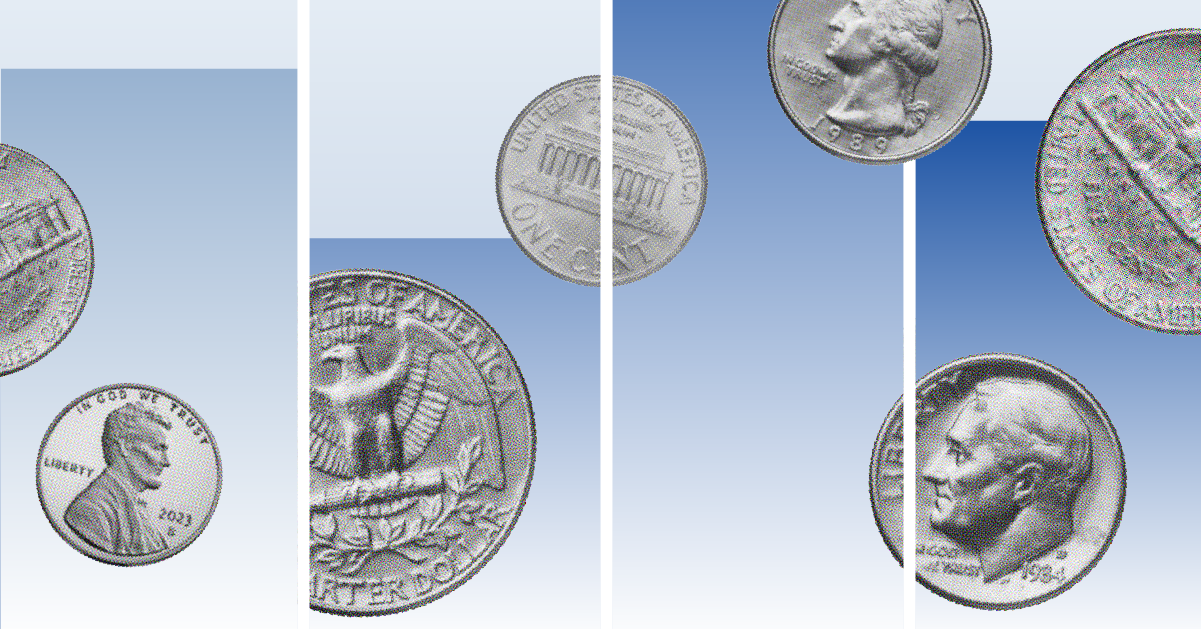Finding the right investments can be a daunting process. To help alleviate the burden of choice overload, Morningstar has created an array of tools to help investors assess an investment's key characteristics at a glance.
The Morningstar Style Box for funds (OEICs/Unit Trusts), for example, helps you quickly see how a fund actually invests the bulk of its assets. Meanwhile, the Morningstar Rating for funds, introduced in 1985, helps investors quickly gauge how a fund has balanced risk and reward. We've since introduced star ratings for individual stocks and exchange-traded funds, and we're working on extending this service to include closed-end funds.
There are some important distinctions between these ratings, and it's important to bear them in mind if you're using these ratings as part of your security-selection process. To help shed light on the key similarities and differences, we'll provide a brief overview of what the star ratings indicate for each investment type, how they're calculated, and how to (and how not to) use them.
Star Rating for Funds
Snapshot
Morningstar's star rating for funds measures how well a fund has balanced risk and reward relative to its peers. Keep in mind that fund star ratings are strictly returns-based and don't take into account fund fundamentals, such as manager changes.
How It's Calculated
The star rating for funds is strictly quantitative--meaning that our analysts' opinion of a fund has no bearing on its star rating. (Note that Morningstar rolled out qualitative Analyst Ratings for funds in February 2009--more on this here.) Instead, a fund's rating is based on its performance versus its peers' during the past three-, five-, and 10-year periods. A fund must have at least a three-year track record to be eligible for a rating.
The return component of the rating is fairly straightforward, taking into account the fund's return during each month over the past three-, five-, and 10-year periods and reducing that return to account for any expenses or sales charges shareholders would've had to pay. Next, Morningstar adjusts the fund's monthly expense-adjusted returns for the risk-free rate. Because investors always have an option to invest at the risk-free rate, Morningstar measures only the amount by which fund returns have exceeded that risk-free rate.
The risk component of the rating is based on "expected utility theory," which recognises that investors are more concerned about potential losses than unexpected gains and are therefore willing to trade some fraction of their expected return in exchange for a greater certainty of return. Thus, the risk measure penalises funds more when they exhibit downside volatility versus a risk-free rate of return than it does when they exhibit upside volatility. However, to help reduce the possibility of strong short-term performance masking the inherent risk of a fund (as was the case with many technology-stock-laden funds in the late 1990s), the rating accounts for all variations in a fund's monthly performance during the past three-, five-, and 10-year periods, not just the downward variations.
Once we've arrived at a fund's risk and return scores, funds are then ranked and rated within their Morningstar categories for each time period, with stars assigned on a bell curve scale. For example, we would evaluate a mid-cap blend fund by comparing how it has performed relative to other funds in the mid-cap blend category. The bottom 10% of the funds in the mid-blend category are given a 1-star rating, the next 22.5% get a 2-star rating, the next 35% get a 3-star rating, the next 22.5% get a 4-star rating, and the remaining 10% get a 5-star rating. Funds receive star ratings for each time period (three-, five-, and 10-year), and the overall star rating is a weighted average of the different time periods, with an emphasis on the longer-term ratings. As such, the star rating favours funds that have consistent long-term track records. We recalculate funds' ratings every month.
How to Use It (and How Not to)
The most prudent way for investors to use the star rating for funds is to help narrow down the pool of investment options. For example, Morningstar subscribers could use the Fund Screener to seek out large-value funds with below-average costs, long-tenured managers, and star ratings of at least 3, thereby winnowing down their choices to a more manageable group of funds worthy of further research.
On the flip side, the star rating should never be used as the be-all and end-all metric for identifying superior funds. While our research confirms that 5-star rated funds largely outperform 1-star rated funds, keep in mind that these ratings are based on historical returns and are not reliable predictors of future performance. Also note that every category has 5-star rated funds, but not all categories are equally suitable for most investors. A 5-star precious-metals fund might make sense for only a small population of investors, while a 5-star large-blend fund might make sense for most investors.
Click here to read about Morningstar's Analyst Ratings for Funds.
Click here to read about Morningstar's Analyst Ratings for Investment Trusts.
Click here to read about Morningstar's Star Rating for Investment Trusts.
Click here to read about Morningstar's Star Rating for Stocks.
Click here to read about Morningstar's Star Rating for ETFs.
























